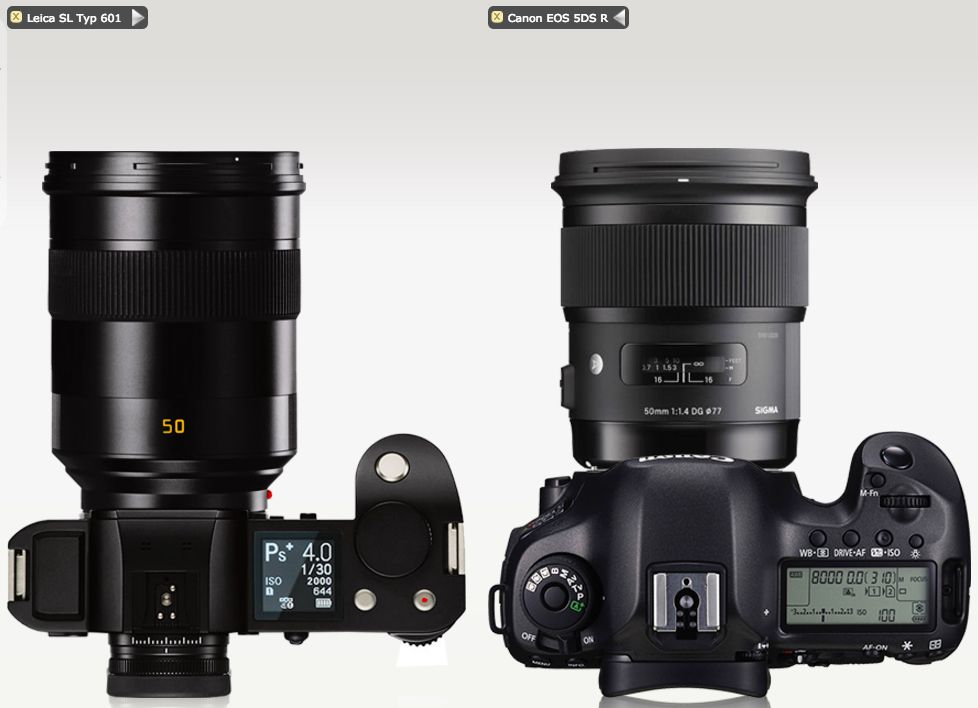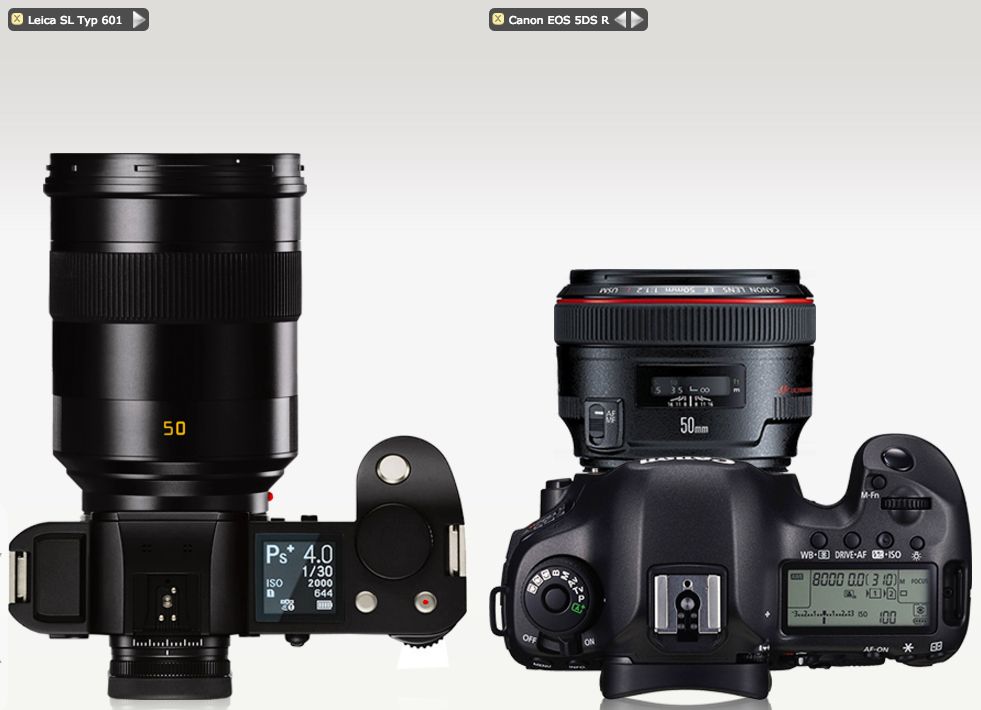emko said:dak723 said:I, too, was one who tried the Sony a7 (and Sony A7 II) after reading about how much better it was than Canon, how you had to have the extra DR, especially for landscapes, etc. I meant it to replace my Canon 6D - especially for the reduction in weight. Well the weight advantage was the only advantage. I understand that the gear heads care all about specs and the test results of sensors. Yeah, Sony looks good there, but if you shoot in daylight (at least in my experience) there is no noticeable difference between the Sony and the Canon. That extra DR does not show up in any appreciable way. What did show up was very poor IQ at the edges of the pics using the Sony lenses. What does show up was how lousy the EVF is. What did show up was washed out color and a lack of contrast between light and shadow in the A7. I realize that these things are controlled by processing, but, quite frankly, processing is what matters most since we never actually see what the sensor sees. If the color processing and tone curves aren't up to snuff, than the sensor just doesn't matter that much. So, the Canon is still in my bag and the two Sonys I tried went back to the store.
This is not to say that there is nothing advantageous to mirrorless. I have owned Olympus m4/3 cameras - and because it is both 4/3 and mirrorless, then the size and weight advantage is real. Mirrorless is great - but not for FF, in my opinion.
you are comparing jpeq? and you cant see the difference in DR? well of course lol
No, comparing RAW. Why do assume I was comparing JPG? Perhaps because you are arrogant and stupid...LOL!
Upvote
0


